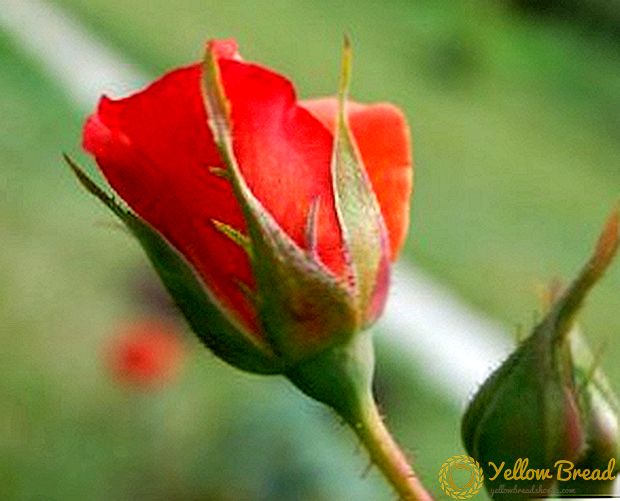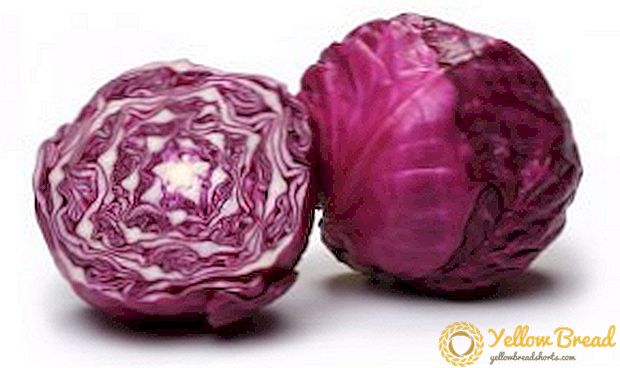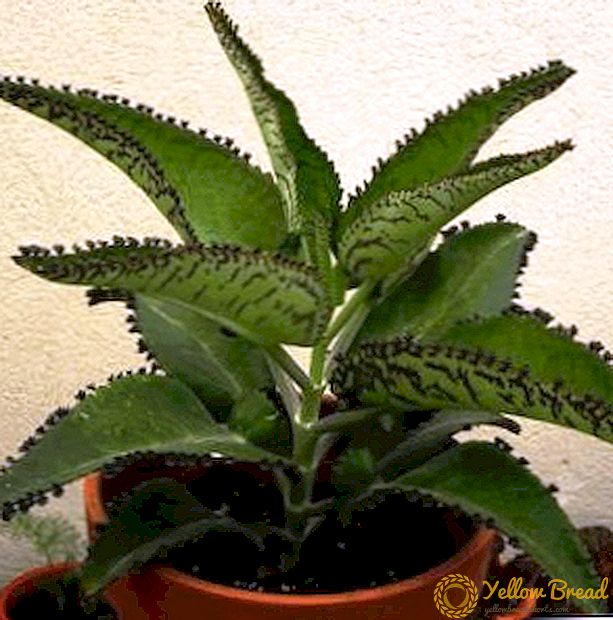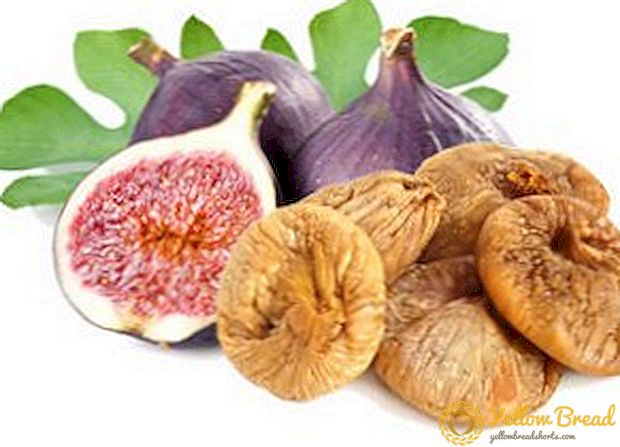 Anemone or anemone (lat. Anemone) - A very beautiful plant of the buttercup family, represented both in the wild and in garden beds. The genus Anemone has about 150 species. Among them are flowers that bloom in early spring, summer and autumn. There are winter-hardy and heat-loving, preferring the shadow or loving open sunny areas. With simple and complex leaves, large and medium flowers of yellow, red, pink, white, blue, blue.
Anemone or anemone (lat. Anemone) - A very beautiful plant of the buttercup family, represented both in the wild and in garden beds. The genus Anemone has about 150 species. Among them are flowers that bloom in early spring, summer and autumn. There are winter-hardy and heat-loving, preferring the shadow or loving open sunny areas. With simple and complex leaves, large and medium flowers of yellow, red, pink, white, blue, blue.
- Altai anemone (Anemone altaica)
- Blue Anemone (Anemone caerulea)
- Hybrid Anemone (Anemone hybrida)
- Anemone nemorosa (Anemone nemorosa)
- Canadian Anemone (Anemone canadensis)
- Crown Anemone (Anemone сronaria)
- Anemone forest (Anemone sylvestris)
- Butter Anemone (Anemone ranunculoides)
- Rock anemone (Anemone rupestris)
- Anemone tender (Anemone blanda)
- Japanese Anemone (Anemone japonica)
Due to the variety of characteristics, you can choose the types that are most suitable for your garden. And if you plant varieties that bloom at different times, you can ensure that your summer cottage will be littered with flowers throughout the warm season. We have selected for you an overview of the most interesting species of anemones.
Altai anemone (Anemone altaica)
 The Altai anemone is an inhabitant of coniferous and deciduous forests and subalpine meadows, but it is rare,in some halo distribution is protected. In the highlands it is one of the first flowers to bloom. Stems grow to 10-20 cm. It refers to anemone species with a long root system and single flowers. The leaves of this anemone oval, ovate, with serrated edges. It blooms with white flowers of medium size (4-5 cm in diameter), sometimes their outer side has a reddish or purple hue. Peduncles covered with hairs, reach a height of 15 cm. The flower is a honey plant.
The Altai anemone is an inhabitant of coniferous and deciduous forests and subalpine meadows, but it is rare,in some halo distribution is protected. In the highlands it is one of the first flowers to bloom. Stems grow to 10-20 cm. It refers to anemone species with a long root system and single flowers. The leaves of this anemone oval, ovate, with serrated edges. It blooms with white flowers of medium size (4-5 cm in diameter), sometimes their outer side has a reddish or purple hue. Peduncles covered with hairs, reach a height of 15 cm. The flower is a honey plant.
Altai anemone loves to grow both in sunny areas and in partial shade. The flowering period is April-May. In the horticultural culture, the Altai anemone was common in mixborders, planted near shrubs and paths.
Blue Anemone (Anemone caerulea)
 Blue anemone pleases with its beautiful and delicate flowering in mid-May. The duration of its flowering is two to three weeks.This anemone has the ability to grow rapidly. As well as the previous species, it refers to anemones with long developed rhizomes and single flowers. It blooms in small flowers (1.5-2 cm in diameter) in light blue or white. Refers to shade-tolerant plants.
Blue anemone pleases with its beautiful and delicate flowering in mid-May. The duration of its flowering is two to three weeks.This anemone has the ability to grow rapidly. As well as the previous species, it refers to anemones with long developed rhizomes and single flowers. It blooms in small flowers (1.5-2 cm in diameter) in light blue or white. Refers to shade-tolerant plants.
Blue Anemone is suitable for group plantings, decorations along garden paths.
Hybrid Anemone (Anemone hybrida)
 A distinctive feature of this type of anemone is that its flowering period falls at the end of summer or autumn. Stems in height at the plant are medium or tall - from 60 cm to 1.2 meters. Due to the numerous root shoots, it is able to grow very quickly. Leaves appear in May and remain until frost. The flowers are semi-double, large - up to 6 cm in diameter. There are different shades of pink - from light to crimson. Pistils and stamens have a bright yellow color. Flowering lasts about a month.The plant loves penumbra. She needs shelter for the winter because she is very bad at enduring frosts.
A distinctive feature of this type of anemone is that its flowering period falls at the end of summer or autumn. Stems in height at the plant are medium or tall - from 60 cm to 1.2 meters. Due to the numerous root shoots, it is able to grow very quickly. Leaves appear in May and remain until frost. The flowers are semi-double, large - up to 6 cm in diameter. There are different shades of pink - from light to crimson. Pistils and stamens have a bright yellow color. Flowering lasts about a month.The plant loves penumbra. She needs shelter for the winter because she is very bad at enduring frosts.
In the culture derived many varieties of hybrid anemone. In the garden, she looks wonderful next to astilba, aconite, asters. Her compositions with decorative cereals and spherical plants, such as rhododendron and hydrangea, are interesting.
Anemone nemorosa (Anemone nemorosa)
Anemone oakwood refers to ephemeroids, i.e. plants whose leaves have a short lifespan. Already in June, they acquire a yellow tint, and in early July they shrink.
 This species is undersized - 20-30 cm. The plant blooms from April to May, on average for three weeks. The flowers are mostly white, simple, small (2-3 cm), but not so long ago the varieties were bred with terry buds, blue, cream, pink, lilac. Total varieties of this anemone, there are about three dozen.
This species is undersized - 20-30 cm. The plant blooms from April to May, on average for three weeks. The flowers are mostly white, simple, small (2-3 cm), but not so long ago the varieties were bred with terry buds, blue, cream, pink, lilac. Total varieties of this anemone, there are about three dozen.
Since the rhizome of the oakwood anemone is long and branched, its bushes grow rapidly.It belongs to shade-tolerant plants - the best place for planting it will be a plot in the shade of fruit trees or ornamental shrubs. There, it can form a thicket of real flower carpet. Looks good among ferns.
Canadian Anemone (Anemone canadensis)
 Family "Anemone" includes such an interesting look as Canadian anemone. This species has a powerful, well-developed root system, which has the ability to form shoots. The plant grows throughout the season. Its stems reach a height of 30-60 cm. It blooms profusely in small single star-shaped flowers of white color (2.5-3 cm) with yellow stamens. The flowering period is May-June. May re-bloom in autumn.
Family "Anemone" includes such an interesting look as Canadian anemone. This species has a powerful, well-developed root system, which has the ability to form shoots. The plant grows throughout the season. Its stems reach a height of 30-60 cm. It blooms profusely in small single star-shaped flowers of white color (2.5-3 cm) with yellow stamens. The flowering period is May-June. May re-bloom in autumn.
The flower grows well in semi-dark places. With proper shelter, it can survive in cold weather down to -34 ° С. Usually Canadian anemone is planted under trees with sparse or openwork crowns.
Crown Anemone (Anemone сronaria)
 In May or June, coronated anemone blooms with beautiful poppy-like flowers. This species is the most gentle, since it refers to light and heat-loving plants. Does not tolerate drafts.The flowers of this anemone can have a variety of shades: white, red, pink, lilac, etc. Varieties with double, semi-double and smooth petals, with a border and patches of a different color are derived. The center of the flower is decorated with a magnificent bunch of stamens and pistils of black color. The stems of the plant are low - up to 30 cm. For the winter requires careful shelter.
In May or June, coronated anemone blooms with beautiful poppy-like flowers. This species is the most gentle, since it refers to light and heat-loving plants. Does not tolerate drafts.The flowers of this anemone can have a variety of shades: white, red, pink, lilac, etc. Varieties with double, semi-double and smooth petals, with a border and patches of a different color are derived. The center of the flower is decorated with a magnificent bunch of stamens and pistils of black color. The stems of the plant are low - up to 30 cm. For the winter requires careful shelter.
Great for planting near other perennials. A good combination forms with daffodils, forget-me-nots, evergreen iberis, violets, muscari. Suitable for planting in pots. It is also used for forcing.
Anemone forest (Anemone sylvestris)
 Forest anemone has the ability to grow well, forming a green carpet of leaves that remain green throughout the season. The flowers are white, slightly drooping, fragrant, sometimes outside have a purple hue. Mostly they are medium in size (5-6 cm), but varieties with very large flowers are bred - up to 8 cm in diameter. They bloom in early May.
Forest anemone has the ability to grow well, forming a green carpet of leaves that remain green throughout the season. The flowers are white, slightly drooping, fragrant, sometimes outside have a purple hue. Mostly they are medium in size (5-6 cm), but varieties with very large flowers are bred - up to 8 cm in diameter. They bloom in early May.
Anemone forest - the plant is low, reaches a height of 25-30 cm. It can grow and bloom even on poor soils. Does not require much effort in growing and care. May winter without shelter. It is rarely found in nature, in some countries the forest anemone is listed in the Red Book. Its elevated part contains saponins, flavonoids and vitamin C, due to which it has been used in traditional medicine.
Since the rhizomes of the anemone of the forest are powerful, and the stems are low, it is suitable for decorating slopes and rocky areas.
Butter Anemone (Anemone ranunculoides)
The resident of deciduous and mixed forests of anemone lututichna due to its unpretentiousness well caught on in the garden culture.
 The buttercup anemone blooms at the beginning of May with yellow flowers of small sizes (1.5-3 cm), the flowering duration is on average 20 days. Is an ephemeroid - leaves wither in early June. Due to the fact that the plant has a powerful, strongly branching, creeping rhizome, it can grow into a dense curtain with a height of 20-25 cm. The flower is absolutely undemanding to soil, loves shady areas.Used in group plantings.
The buttercup anemone blooms at the beginning of May with yellow flowers of small sizes (1.5-3 cm), the flowering duration is on average 20 days. Is an ephemeroid - leaves wither in early June. Due to the fact that the plant has a powerful, strongly branching, creeping rhizome, it can grow into a dense curtain with a height of 20-25 cm. The flower is absolutely undemanding to soil, loves shady areas.Used in group plantings.
Rock anemone (Anemone rupestris)
 The rock anemone descended into the gardens of our latitudes from the Himalayan mountains. There she perfectly survived at an altitude of 2500-3500 m above sea level. Even the name and homeland of growth suggests that this mountain plant is very unpretentious, capable of growing on poor soils and does not suffer from an excess of light or lack of shadow. She is not afraid of any wind or cold. However, in the culture is not very common. Anemone rock blooms beautiful white flowers with a purple hue from the back side.
The rock anemone descended into the gardens of our latitudes from the Himalayan mountains. There she perfectly survived at an altitude of 2500-3500 m above sea level. Even the name and homeland of growth suggests that this mountain plant is very unpretentious, capable of growing on poor soils and does not suffer from an excess of light or lack of shadow. She is not afraid of any wind or cold. However, in the culture is not very common. Anemone rock blooms beautiful white flowers with a purple hue from the back side.
Anemone tender (Anemone blanda)
 The flowers of anemone tender are very similar to daisies, only their shades are blue, blue and pink. In diameter, they are small - 2.5-4 cm. The plant is short - 9-11 cm, so it can be used to create green and floral carpets. Anemone tender blooms for two weeks at the end of April. The aboveground part dries out in June. The garden loves the plots in light shade. It tolerates frosts, but under the condition of shelter. Tender anemone is usually planted in combination with primroses, Scyllae, Muscari.
The flowers of anemone tender are very similar to daisies, only their shades are blue, blue and pink. In diameter, they are small - 2.5-4 cm. The plant is short - 9-11 cm, so it can be used to create green and floral carpets. Anemone tender blooms for two weeks at the end of April. The aboveground part dries out in June. The garden loves the plots in light shade. It tolerates frosts, but under the condition of shelter. Tender anemone is usually planted in combination with primroses, Scyllae, Muscari.
Japanese Anemone (Anemone japonica)
 This is an autumn anemone.Reaches a height of 90-120 cm. The color palette of flowers is very diverse - white, pink, burgundy, dark red, purple. Petals can be terry, semi-double and regular. Duration of flowering varies depending on the variety. The plant can remain decorative until late autumn. This anemone likes light. For the winter needs shelter. Japanese anemone is planted in mixborders with peonies, phloxes and other large perennials.
This is an autumn anemone.Reaches a height of 90-120 cm. The color palette of flowers is very diverse - white, pink, burgundy, dark red, purple. Petals can be terry, semi-double and regular. Duration of flowering varies depending on the variety. The plant can remain decorative until late autumn. This anemone likes light. For the winter needs shelter. Japanese anemone is planted in mixborders with peonies, phloxes and other large perennials.
As you can see, the choice of anemone is huge - for every taste and for any garden. The predominant number of their varieties unpretentious during cultivation. It is this factor and the beauty of a brightly flowering plant that have attracted the attention of gardeners to the anemone for already four centuries.






